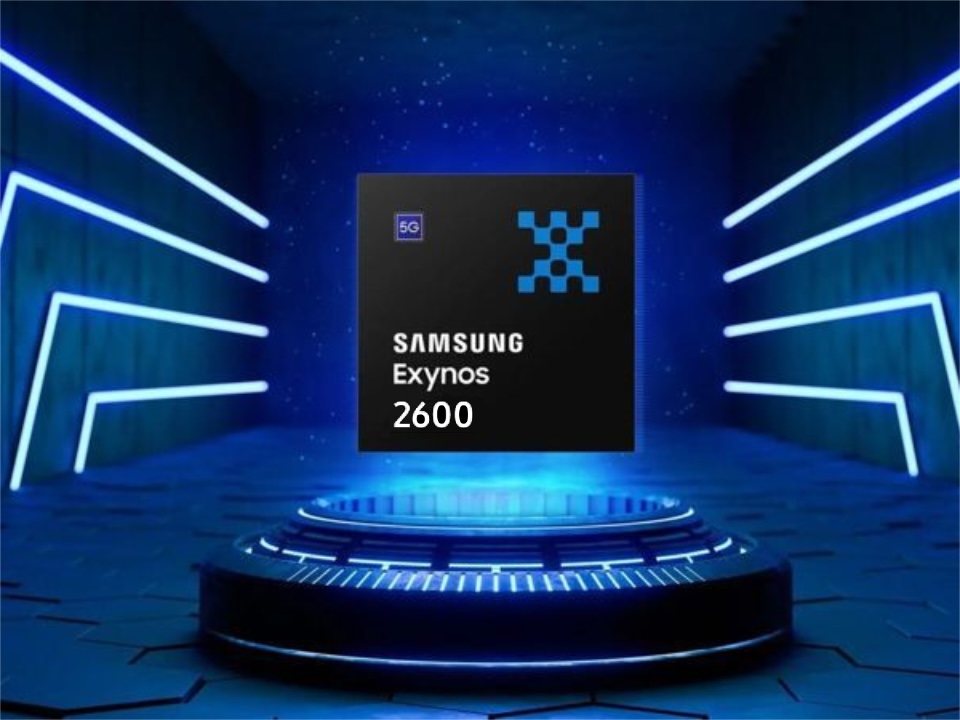Snapdragon 8 Elite costs rise 29% compared to 2024
Exynos 2600 yields about 40% vs. TSMC 60%
All Galaxy phones but Ultra to use Exynos 2600 in 2026
Samsung may be preparing to lean more heavily on its in-house silicon for the upcoming Galaxy S26 series, with a new report suggesting a cost-driven return to Exynos processors. Qualcomm’s rising prices, combined with TSMC’s higher production costs for 3nm chips, have put extra pressure on Samsung’s margins. By relying more on its own 2nm Exynos, built at Samsung’s foundry, the company could cut costs significantly while still offering competitive performance thanks to a 10-core CPU design and improved power efficiency.

 www.gizmochina.com
www.gizmochina.com
Exynos 2600 Prototype Mass Production began in June

 wccftech.com
wccftech.com
Exynos 2600 yields about 40% vs. TSMC 60%
All Galaxy phones but Ultra to use Exynos 2600 in 2026
Samsung may be preparing to lean more heavily on its in-house silicon for the upcoming Galaxy S26 series, with a new report suggesting a cost-driven return to Exynos processors. Qualcomm’s rising prices, combined with TSMC’s higher production costs for 3nm chips, have put extra pressure on Samsung’s margins. By relying more on its own 2nm Exynos, built at Samsung’s foundry, the company could cut costs significantly while still offering competitive performance thanks to a 10-core CPU design and improved power efficiency.

Here's why Samsung is choosing Exynos 2600 over Snapdragon 8 Elite 2 for Galaxy S26 series - Gizmochina
The move comes as Samsung faces higher component expenses. In the first half of 2025, chipset procurement costs for its DX division reportedly rose 29.2%, largely due to pricier Snapdragon 8 Elite chips used in the Galaxy S25 series and the popular Galaxy Z Fold 7.
Exynos 2600 Prototype Mass Production began in June

Samsung Says Its Exynos 2600 Will Be The Company’s First 2nm GAA Chipset, But Only Says That Its NPU Performance Will Deliver Significant Improvements Compared To The Previous-Generation SoC
When asked about the Exynos 2600, Samsung says that the latter will be its first chipset mass produced on the 2nm GAA process
